Dry Peas (Green) (500 G)
₹150.00
Out of stock
SKU: GF0154
Category: Lentils & Pulses (Sprout Activated)
The processing of dry peas involves several steps to ensure they are properly cleaned, dried, and prepared for consumption or storage. Here’s an overview of the typical dry pea processing steps:
- Harvesting: The process begins with harvesting the pea crop when the peas have reached maturity and are fully dried on the plant.
- Threshing: After harvesting, the dry pea pods are separated from the plants through a process called threshing. Threshing can be done manually or using machines to remove the peas from the pods.
- Cleaning: Once the peas are separated from the pods, they undergo a cleaning process to remove any impurities, debris, or foreign materials. This can be achieved by passing the peas through screens, air aspirators, and other mechanical cleaning equipment.
- Sorting: After cleaning, the peas are sorted.
- Pre-soaking (Optional): Some varieties of dry peas may require pre-soaking to reduce the cooking time. Pre-soaking also helps in rehydrating the peas before further processing.
- Drying: The pre-cleaned or soaked peas are then dried to reduce their moisture content. This is a critical step to prevent spoilage during storage. Drying can be achieved using hot air dryers, dehydrators, or sun-drying methods, depending on the scale of processing.
- Storage: Once the peas have been properly dried to the desired moisture content (usually below 14%), they are stored in a cool, dry, and well-ventilated environment to maintain their quality and prevent mold growth.
Throughout the processing journey, maintaining hygiene, quality, and food safety standards is paramount to ensure the end product is safe and nutritious for consumers.
| Weight | 0.500 kg |
|---|
Be the first to review “Dry Peas (Green) (500 G)” Cancel reply
Related products
Lentils & Pulses (Sprout Activated)
₹130.00 – ₹260.00Price range: ₹130.00 through ₹260.00
This product has multiple variants. The options may be chosen on the product page
Lentils & Pulses (Sprout Activated)
₹160.00
Lentils & Pulses (Sprout Activated)
Green Gram Split (skinned, sprout activated) Organic (500 g)
₹130.00
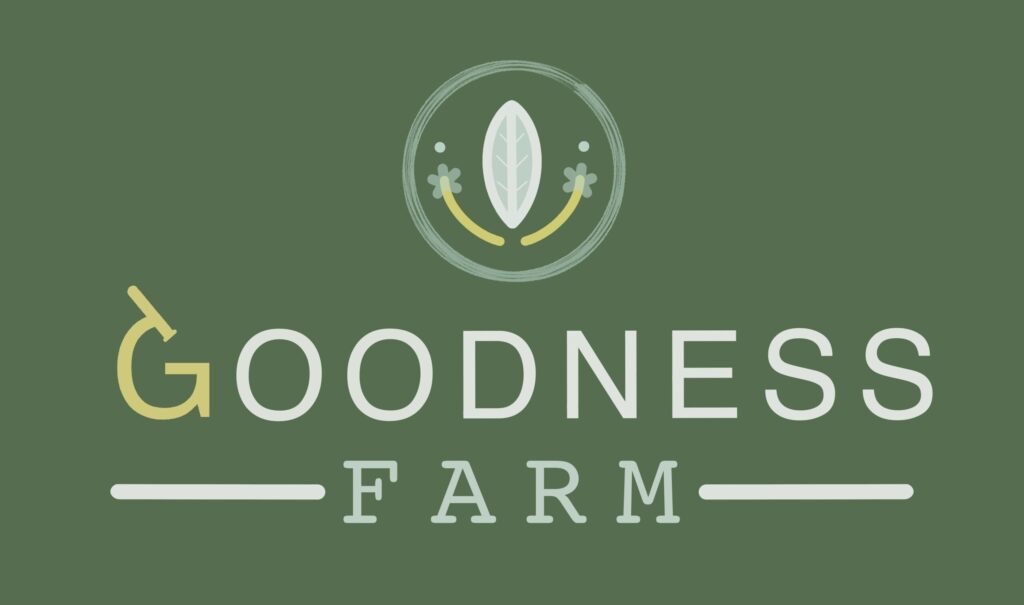
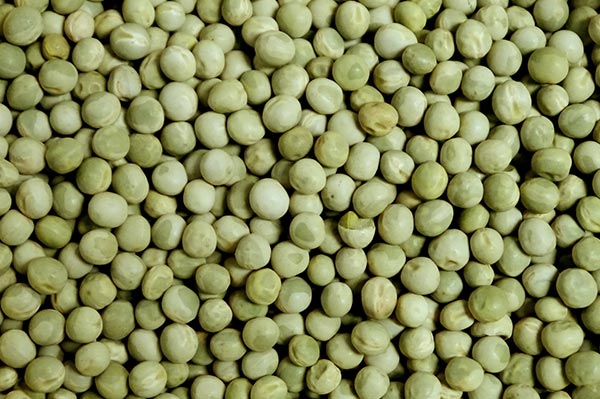


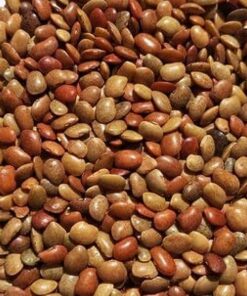


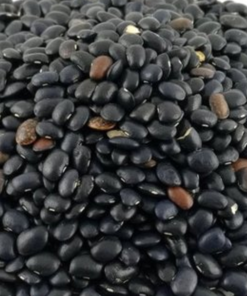
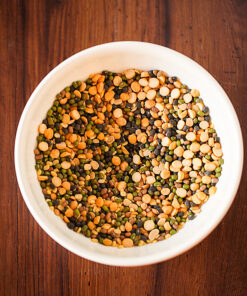

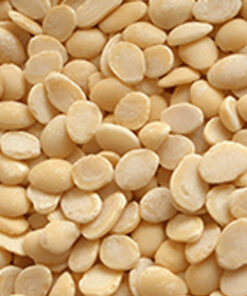


Reviews
There are no reviews yet.